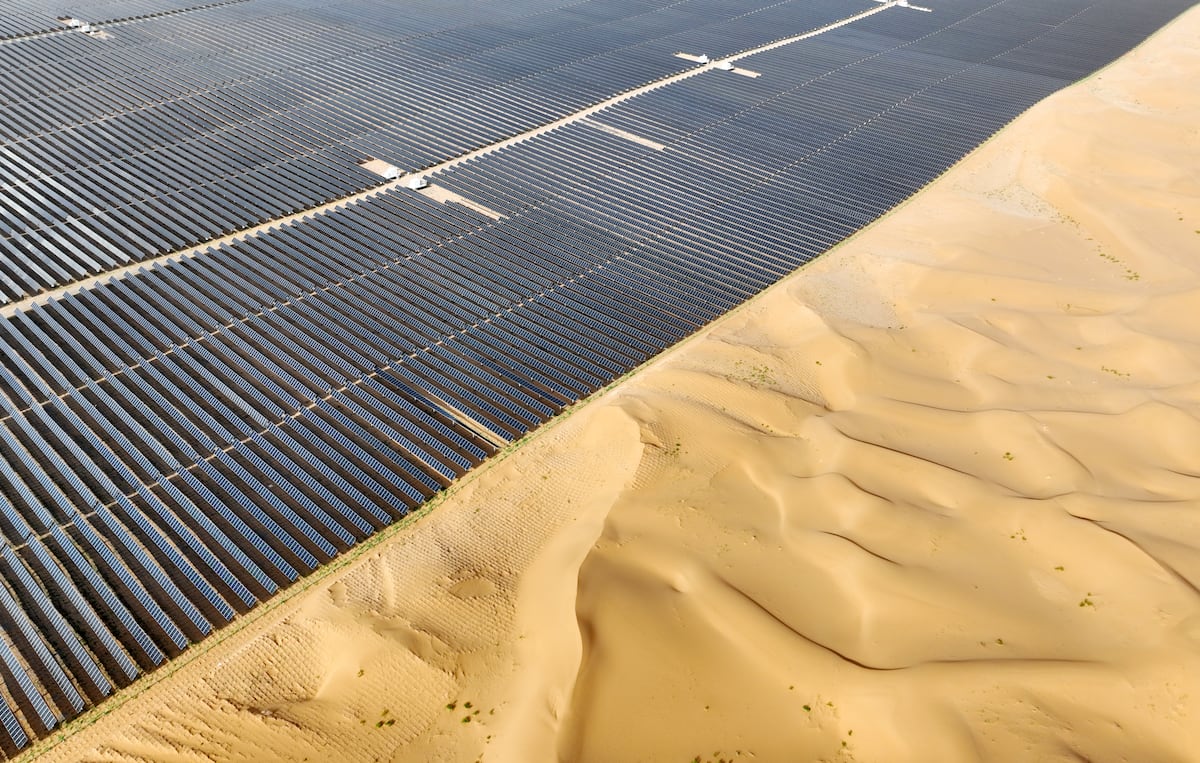
"From this remote landscape of light and sand, in the Ningxia Autonomous Region, a power line stretches across mountains, plateaus and valleys to reach Hengyang, in the industrial heart of Hunan Province in the south. Along more than 1,000 miles of cables and steel towers flows part of the electricity that keeps the country running: the ultra-high voltage (UHV) infrastructure that China is using to protect its grid from blackouts and redraw its energy map in the midst of its race toward ecological transition."
"Designed to transmit direct current at 800 kilovolts, it has a capacity of 8,000 megawatts and can deliver more than 36,000 gigawatt-hours (GWh) of electricity per year, enough to supply some 10 million homes, according to data from State Grid (the state operator responsible for the national power grid) cited by the Xinhua news agency. The electricity travels through five regions (Ningxia, Gansu, Shaanxi, Chongqing and Hubei) before reaching its destination."
An ultra-high-voltage (UHV) direct-current line connects wind and solar generation in Ningxia Autonomous Region to Hengyang in Hunan, spanning more than 1,000 miles. The Ningxia-Hunan line operates at 800 kilovolts with 8,000 megawatts capacity and can deliver over 36,000 GWh annually, enough for about 10 million homes. The transmission crosses five regions (Ningxia, Gansu, Shaanxi, Chongqing and Hubei) and achieves losses under 3% per 621 miles, compared with 6–7% for conventional grids. The infrastructure aims to protect the grid from blackouts, reshape China's energy geography, and primarily transport green electricity.
Read at english.elpais.com
Unable to calculate read time
Collection
[
|
...
]